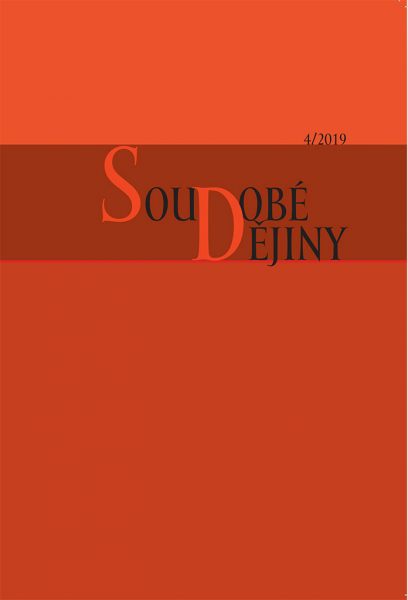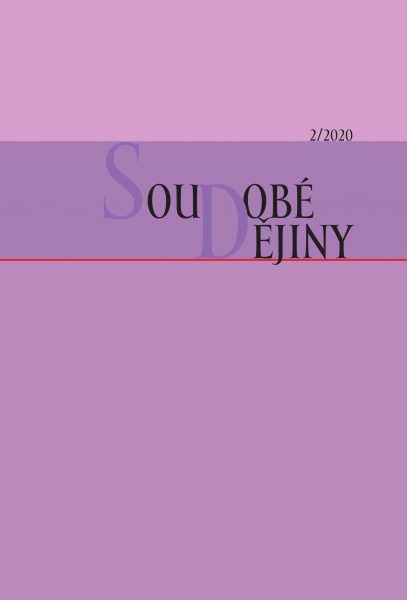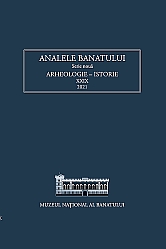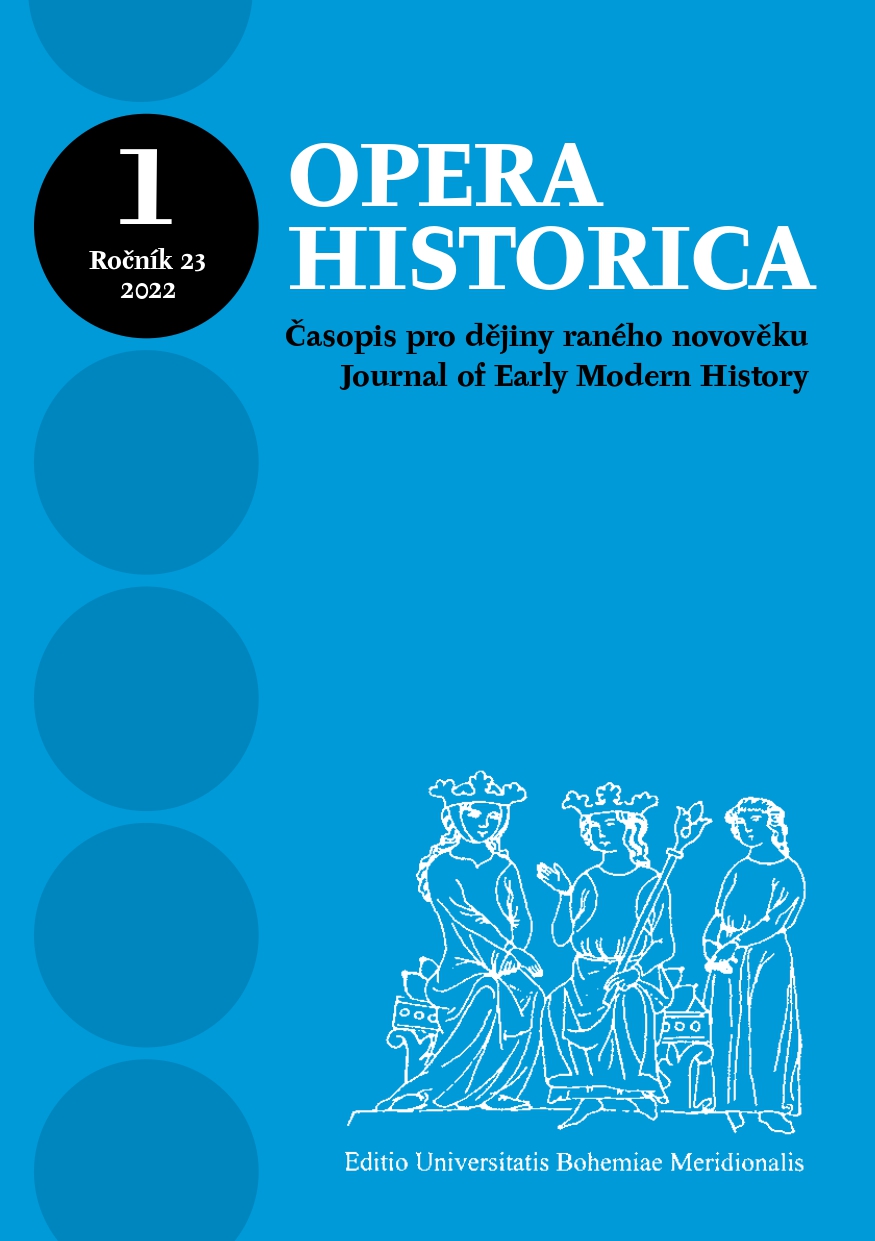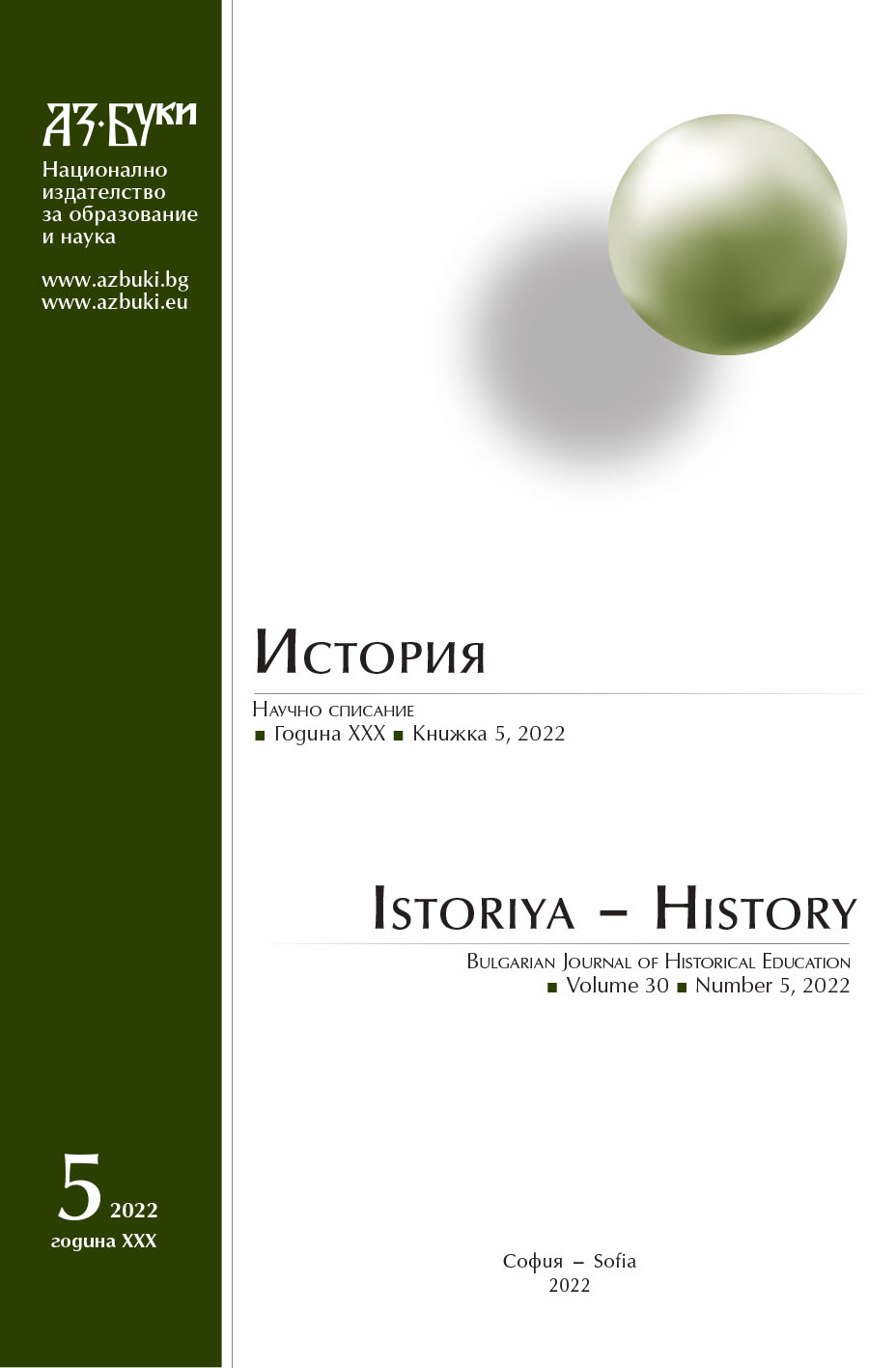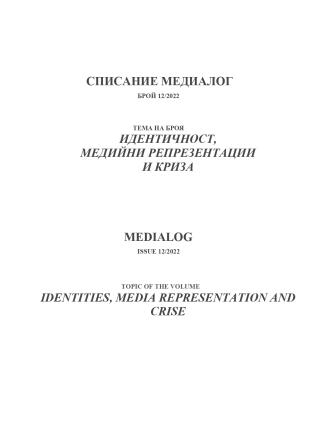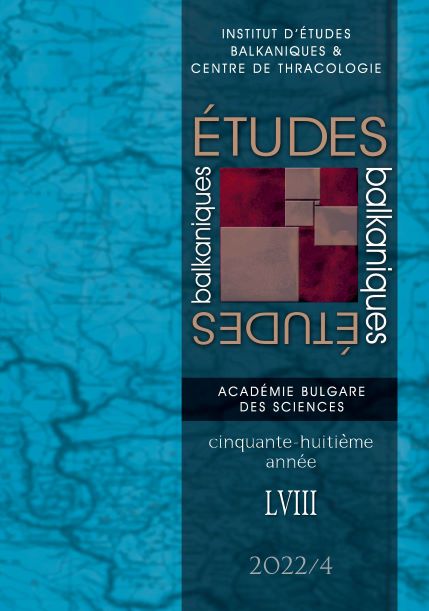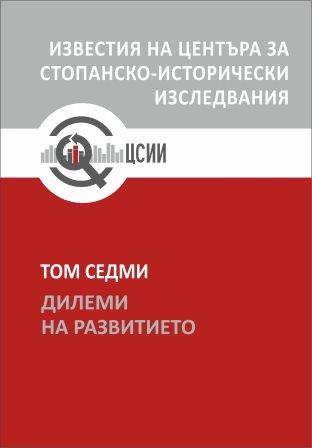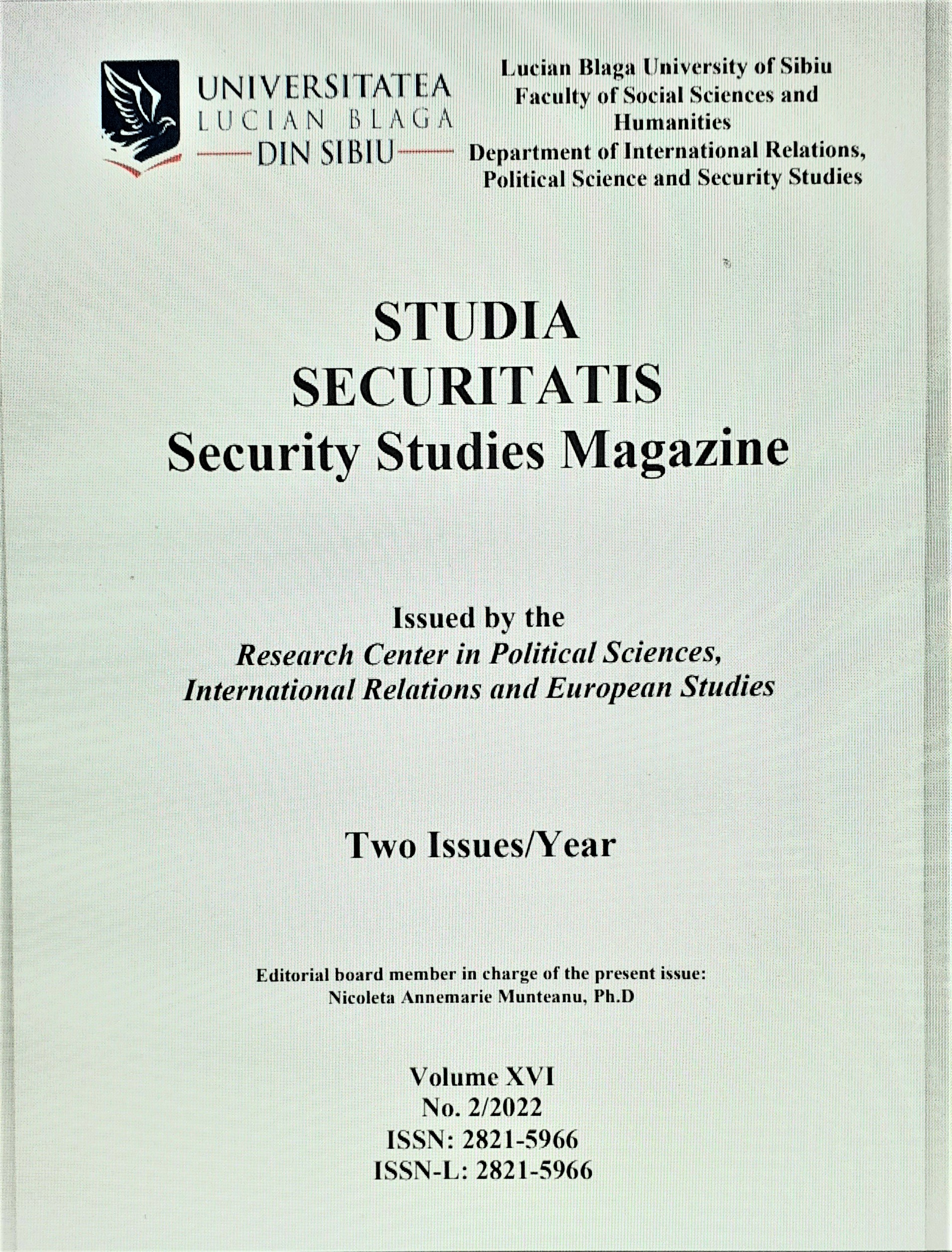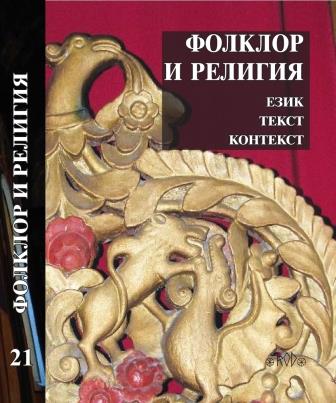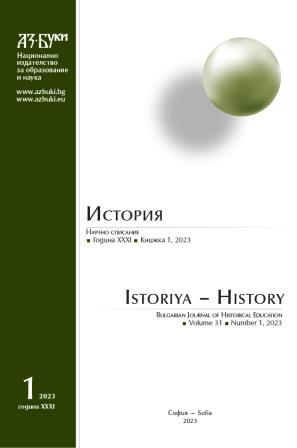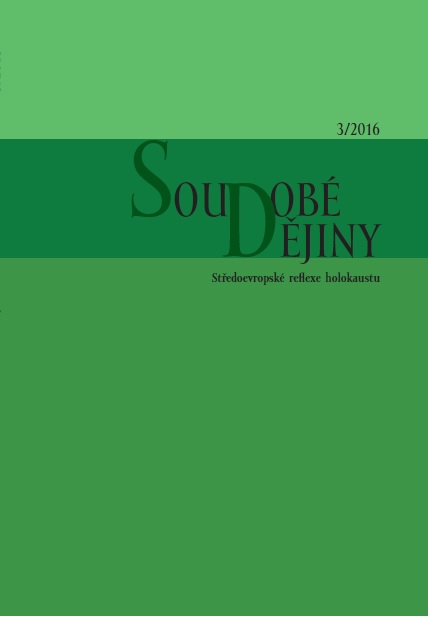
Dějiny obětí
After the Changes of 1989 a change also took place in normative points of articulation of social conflict in eastern Europe. The paradigm of the social sciences, including historiography, changed as well. It is on the whole fair to call this the ‘identity turn’. The meaning of the term ‘identity’ was inspired by history but changed into up-to-date forms. The article analyses points of friction where contact took place between majority Czech society and cultural identity, historical memory, and historiographical self-reflections of Czech Jews after the Changes of 1989 to 2012.In this article, the author seeks to analyse the basic structure of statements about Jewish history in the Bohemian Lands in this period, and to determine what role the narrative of the victim plays in them. The author presents his hypothesis of the considerable influence of the ‘lachrymose conception of Jewish history’ in Czech historiography after the Changes of 1989. In this, he distinguishes between three paradigms, which he then further defines and assesses according to their functions: methodological nationalism, methodological totalitarianism, and methodological culturalism. He then identifies the constellations in which they appear both in academic and in public discourses, especially those influencing the politics of identity of the Czech Jews. At the same time, he seeks to explain why the schemes make it difficult to understand the modern history of the Jews of the Bohemian Lands.The history of the Jews, according to the author, became locked in an interpretation based solely on the idea of ‘eternal antisemitism and its victims’. This is therefore a good example of history/memory as an inherent component of ideology. As such, it has been operating in the undifferentiated space between scholarship and politics, and has been constructing the ethnocentric identity of the Jewish nation. This has led to a schematizing division of social relationships into adverse national and cultural (racial) camps, which have seemed to exist ‘since time immemorial’ and ‘naturally’, and to the gradual seclusion of the Jewish community and its defining itself or being defined against other groups. This is evident not only in the approach of Czech Jews towards the Arabs (Muslims) but also in the assertion of the security discourse in their politics of identity in fields as specialized as architecture and social care.
More...
